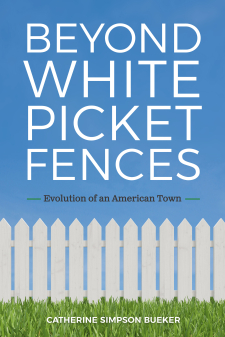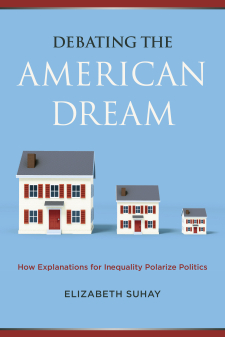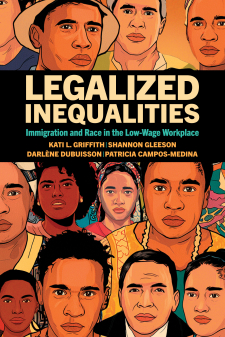The Residential Segregation of Immigrant Groups in the United States, 1910-2000
According to the 2000 Census, more than 30 million immigrants reside in the United States, nearly half of whom entered the country within the last 10 years. Currently, immigrants comprise 11 percent of the population, the highest percentage since 1930. Although immigrant groups have always tended to live in ghettoized clusters, few studies have examined the socioeconomic impact of residential isolation or whether today's immigrant groups are more or less isolated from the native-born population than were early twentieth-century immigrant groups. Should we view current immigrant segregation as relatively benign in the long run as previous immigrant experience would suggest? Or should we view it as a detrimental situation in need of public policy intervention? Jacob Vigdor of Duke University and David Cutler and Edward Glaeser of Harvard University plan to address these questions with a two-part research project. First, they will construct a database to measure the segregation of recent immigrants to the United States. The investigators have already assembled data on segregation among the foreign-born population, by country of birth, for U.S. cities in 1910, 1920, 1940, and 1950, and U.S. metropolitan areas in 1970. They will now calculate segregation among foreign-born residents for each metropolitan area in the U.S. in 1980, 1990, and 2000. The second phase will analyze how segregation affects immigrant communities: does it ease their transition to a new society by providing networks for housing and employment and/or does it slow their assimilation and hinder their advancement. Vigdor and his colleagues will make their data set publicly available to other researchers and will publish the results of their project in a series of scholarly articles.





